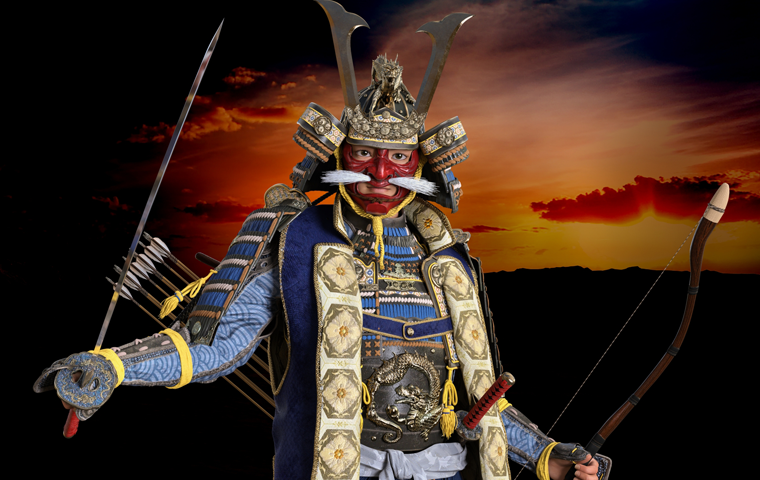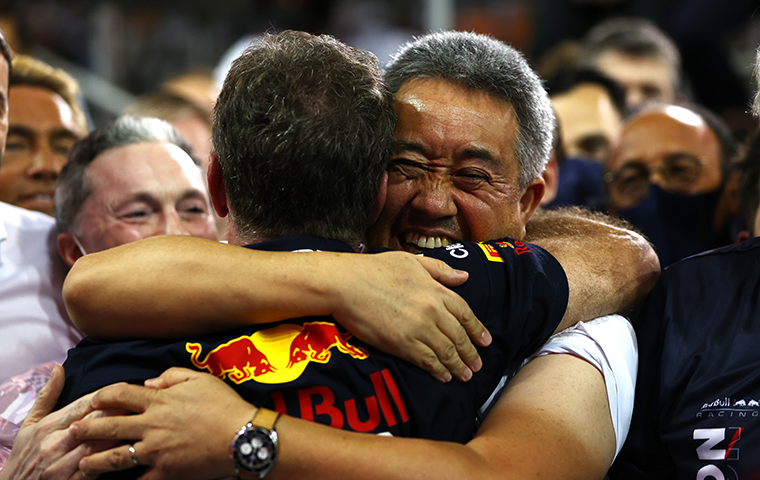SHOGUN Conquers the World: Four Golden Globes Usher in a New Era
Related Articles
A Historic Sweep Opens a New Chapter: The Night “Authentic Japan” Dominated the Golden Globes

On January 5, 2025, the 82nd Golden Globe Awards marked a groundbreaking night in both Japanese entertainment and global television history. The FX drama series SHOGUN delivered a stunning performance, sweeping all four major categories in which it was nominated — Best Television Series (Drama), Best Actor (Hiroyuki Sanada), Best Actress (Anna Sawai), and Best Supporting Actor (Tadanobu Asano).
This was more than just a string of wins. It symbolized a historic moment in which Hollywood fully embraced a Japanese story and Japanese talent, continuing the momentum of SHOGUN’s record-breaking 18 Emmy Awards the previous year.
What made this triumph extraordinary was its completeness. In the past, international works were often recognized only through individual performances rather than as cohesive achievements. Even the globally acclaimed Squid Game won just one Golden Globe in 2022 (Best Supporting Actor, Oh Yeong-su).
By contrast, SHOGUN was recognized across the board — for its overall production, its leading performances, and its supporting cast — a testament to the collective excellence of everyone involved. It signaled a new era in which Asian-led productions are no longer treated as “curiosities,” but as works that represent the industry’s highest standards.
Each individual win also carved out a new chapter in history.
Hiroyuki Sanada became the first Japanese actor ever to win Best Actor in a Television Drama.
Anna Sawai’s win for Best Actress echoed powerfully across time — 44 years after Yoko Shimada received the same honor in 1981 for portraying the same character, Mariko.
Tadanobu Asano made history as the second Japanese actor ever to win Best Supporting Actor.
And with the Best Drama Series award, SHOGUN became the first show led primarily by an Asian cast to win the top television honor — achieving what even Squid Game could not.
Their acceptance speeches captured the spirit of this historic shift.
Sanada offered a universal message: “To the young actors and creators around the world — be yourself. Believe in yourself, and never give up.”
Asano, with humor and humility, introduced himself by saying, “You probably don’t know who I am — I’m an actor from Japan.”
Together, their words marked a turning point: they were no longer being “absorbed” into Hollywood, but standing confidently at the center of the global creative community with their Japanese identity intact — heralding an era of more mature, equal cultural exchange.
The Core of Victory: A Relentless Pursuit of Authenticity
What made SHOGUN so overwhelmingly acclaimed? The answer lies in one unshakable principle at its core — a relentless commitment to authenticity.
This was not just a matter of aesthetic detail, but a deliberate, strategic, and artistic choice that redefined cross-cultural filmmaking itself.
At the heart of this creative revolution was Hiroyuki Sanada, who not only starred in the series but also served as a producer — the first time he held that title in Hollywood. For Sanada, this role was not ceremonial; it was a means to ensure cultural legitimacy.
His mission was clear: to avoid repeating the mistakes of the 1980 miniseries, which depicted feudal Japan through a Western lens — “through blue eyes,” as critics once said. Instead, Sanada set out to retell the story through Japanese eyes.
To achieve this, he assembled a Japanese “dream team” of historical drama specialists: experts in costume, props, wigs, sword fighting, and, crucially, shosa — movement and etiquette coaches who ensured every gesture reflected period accuracy.
The result was an unprecedented East-meets-West production model, where Western crews worked in true collaboration with Japanese experts — not merely consulting them, but often deferring to their creative authority.
This transformed the traditional Hollywood role of “cultural consultant” into that of a creative department head with real decision-making power.
True authenticity, Sanada proved, cannot be achieved by seeking advice alone — it requires empowering cultural specialists to shape the creative process itself.
This philosophy extended even to language — the lifeblood of the series. The scripts were first written in English, then translated into Japanese, then adapted by historical linguists to reflect the speech of the 1600s — all under Sanada’s personal supervision.
The Japanese spoken on screen is not modern Japanese, but a more classical form so intricate that even native speakers like Anna Sawai had to learn entirely new ways of speaking.
As Sanada put it, “Authenticity was the lifeline of this project.”
That meticulous devotion produced a deeply immersive world that transported global audiences to Japan’s 17th century. Its record-breaking viewership demonstrated that audiences everywhere crave not only entertainment, but depth, intelligence, and artistic immersion.
Investment in authenticity, it turned out, was an investment in a richer and more rewarding viewing experience — one that paid off handsomely.
Shaking Hollywood and Shaping the Future: The Next Move of SHOGUN

The triumph of SHOGUN is not a one-night victory — it marks the beginning of what many are calling the “SHOGUN Effect.” Its influence is already rippling across Hollywood’s production systems, the standing of Asian content, and the future of prestige television itself.
The franchise’s future is already secured: seasons two and three are in early development, with reports that the writing for season two is nearly complete.
This is momentous. Season one fully adapted James Clavell’s original novel, while future seasons will be original stories inspired by historical events — transforming SHOGUN from a limited series into a long-running global franchise.
The key challenge ahead lies in maintaining the authenticity that defined its success, a task that Sanada’s continued role as producer will be crucial in ensuring.
For Hollywood, this represents a new test: can it create a truly original “East-meets-West” story not based on Western source material?
The SHOGUN Effect also offers Hollywood a new blueprint for success.
First, the show proved that subtitles are no longer a commercial barrier — despite 70% of its dialogue being in Japanese, it became a worldwide hit.
Second, as the most ambitious and expensive series in FX’s history, its record ratings and awards haul provide powerful justification for studios to invest boldly in non-English-language epics.
Third, the victories of Sanada, Sawai, and Asano have redefined what it means to be a “global star,” expanding the category far beyond Western actors.
This success aligns with the growing recognition of Asian talent across Hollywood — from the Oscar-sweeping Everything Everywhere All at Once to the continued acclaim for comedian and actor Ali Wong.
As Sanada said in a post-award interview, this victory “opens doors not only for Japan, but for actors and filmmakers across all of Asia.”
Indeed, SHOGUN’s success has spurred new global interest in Japanese content — extending well beyond anime — and revealed the commercial and cultural potential of diverse storytelling.
In conclusion, SHOGUN is far more than just the “best series of the year.”
It is a landmark that proved authenticity can be a commercial asset, and that cultural specificity can lead to universal resonance.
Its success signals a structural transformation — from an era when Hollywood merely exported stories, to one where it collaborates globally to create culture together.
The future of prestige television is undeniably global — and SHOGUN has firmly etched its name in history as the clearest signpost pointing the way there.



